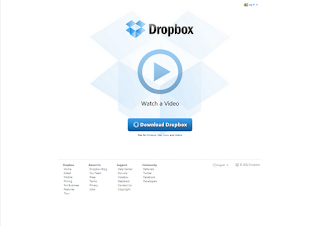You may recall my first
reviewsof the iKeyboard, which were both written prior to release of the finalversion. Even working with the prototypes, I was sold on the concept of havingthe ability to touch-type on my iPad, without requiring me to lug around aclunky external keyboard. I know, some will say that they're small, and caneasily fit into a briefcase or purse. Well, to that I respond - so can alaptop. The main attraction of the iPad is that it is a compact andself-contained device, capable of doing much of what a computer can do. Startadding external accessories and you're losing out on the real benefit of thedevice.
So, when I first learned of this project on
Kickstarter, I was very interested.Kickstarter is a program in which you may invest in the development of someundeveloped product or idea. Some are better than others, and this is the onlyone I've actually been personally involved in. When I learned that thedeveloper was an attorney, I was even more interested. Cliff Thier, aConnecticut transactional and litigation attorney had a dream, and thanks toKickstarter, had some funding.
The Kickstarter program allowed one to invest at a fewdifferent levels, one of them which would include a first-generation
iKeyboard, and also the second, oncereleased. Since I review a good number of apps and software, I was also sent anearly prototype.
This version worked well, but was a little bit on the clunkyside, due to its method of attachment to the iPad, using small side clips,making it difficult to use with most iPad cases. Even so, touch-typing on theiPad was now a reality. Having the tactile “feel” of typing, along with the “F”and “J” home key reference bumps means you can actually type without looking atthe keyboard.
The current version utilizes a series of sticky “magnets,”which hold it securely to the iPad’s screen.
If you have to ask me why touch typing is so important, Iprobably won't have an answer that will satisfy you. If you're convinced thatlooking at your on-screen keyboard is good enough for you get things done on youriPad, I'd guess that you fall into the category of the majority of users, whosee their iPad as a great way to do a lot of things, but probably aren't doinga lot of typing.
Backing up a few years - quite a few, actually, I reallylearned how to type by using a DOS program, called
Mavis Beacon Teaches Typing. Sadly, itappears that dear Ms. Bacon hasn't introduced a typing app for the iPad yet,but there are a few others available. In any event, back in 5 or 10 B.C.(before computers), I never had the need to learn how to do it correctly, sincefor the limited amount of typing I was doing at the time, I was able to get bywith the hunt and peck method. I can still recall playing a game which hadwords falling downward on the screen that you had to type before they crashedto the ground. Seems like a sorry excuse for a game, but here I am many yearslater, cranking out a good number of legal technology articles each year, inaddition to making a living using computers in trial presentation, which alsorequires a mastery of the skill. Mavis Beacon, I owe you one.
Back to the future, and my review of the iKeyboard. I willsay that other than a very brief test, writing this article is the first timeI've used the commercially available version, and although I'm a little slowerthan I might be on my laptop, I'm still a heck of a lot faster than typing onthe iPad's display, which is really little more than a modern version of huntand peck typing.
According to Cliff Thier, the key tension and response aredesigned to emulate the Apple keyboard. While I can't personally say whetherthey've nailed it, I will say that it does take a little time to get the feelof it, but once you do, your typing speed increases a great deal.
In order to be comfortable while typing, I'd recommendgetting something like the
CandyConvertible case, which I'm using now and have reviewed, or the
Apple Smart Cover. Either ofthese (and there are others) will allow you to add a slight angle to your iPad,making it much easier to read what you're typing - because you're not lookingat those keys any more now, are you?
In conclusion, for $35, you can add touch-typing to youriPad, and you won't have to carry around chargers, batteries, or other externalaccessories in order to do so. Not a bad investment, available in black orwhite.
 1:02 PM
1:02 PM
 indigo
indigo













